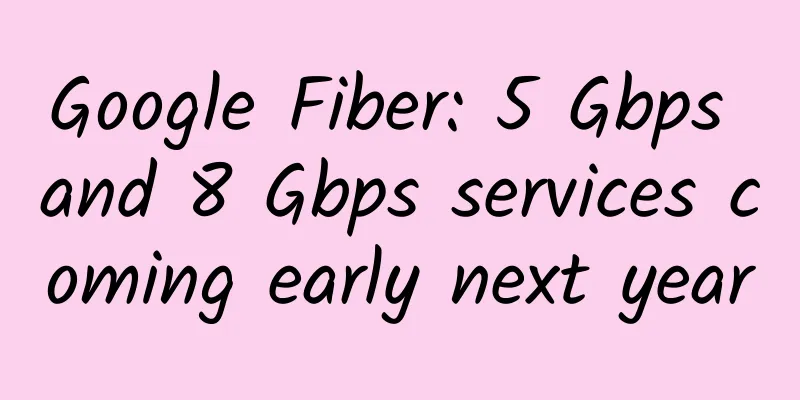Healthcare and smart city services will lead 5G IoT adoption

|
Juniper Research predicts that by 2026, there will be 116 million 5G IoT connections worldwide, up from just 17 million in 2023. The firm predicts that the healthcare sector and smart city services will drive this 1,100% growth over the next three years, accounting for more than 60% of 5G IoT devices by 2026. The ultra-low latency and high bandwidth of 5G IoT technology will be key factors driving this surge in new connections. The biggest opportunity of 5G IoTThe report predicts that 5G networks will experience significant growth in smart city services due to their cost-effectiveness in deployment and their ability to carry large amounts of data. By 2026, there will be more than 60 million 5G smart city connections worldwide, and the report urges city planners to take advantage of 5G connections as high-bandwidth gateways. It found that monitoring of transport networks, including road and rail networks, would be a key service requiring the high-bandwidth cellular connections that support 5G. DX in the healthcare industry drives 5G adoptionAs the global COVID-19 pandemic exposes inefficiencies in healthcare delivery, healthcare providers’ investments in 5G-based services will be driven by the need to modernize services. The report identifies services such as telemedicine, connected ambulance and emergency services, and real-time remote monitoring as key services that will be immediately improved through the integration of 5G services. Study co-author Olivia Williams commented: “5G will enable more efficient and dynamic healthcare services that are not feasible with 4G or Wi-Fi. However, healthcare providers must first implement 5G in areas where the return on investment is high, most notably connected emergency services.” 5G: Where the money isJuniper Research's paper "5G: Where is the Money?" argues that 5G is gradually becoming the network of choice due to its performance and reliability. However, for network operators and communications service providers (CSPs) to take advantage of this potential, innovative business models and flexible, automated infrastructure are needed to effectively monetize it. The demand for 5G services is key to future growth in 5G adoption as it enables monetization. For example, South Korea has already built a 5G network with speeds 3 to 5 times faster than 4G due to strong consumer demand. Demand for 5G services is expected to be very high in areas such as VR (virtual reality), AR (augmented reality) and ultra-high-definition video. |
<<: South Korea plans to launch 6G network services in 2028, two years ahead of schedule
>>: RedCap chip debuts as scheduled, accelerating the 5G IoT industry
Recommend
What else does 5G have besides being fast?
The chaos in the domestic communications industry...
Sparks from blockchain and the Internet of Things
The Internet of Things is the application that is...
[Black Friday] Justhost has a 30% discount for a limited time, 22 data centers in Russia, the United States, Singapore, etc. are available
Justhost.ru launched a Black Friday promotion yes...
#Has run away#Limewave: $12.9/year KVM-1GB/15GB SSD/3TB/Seattle data center
【Attention】This merchant has run away!!! Limewave...
The curtain is about to be raised on 5G commercial use, will the industry be reshuffled?
Recently, Miao Wei, Minister of Industry and Info...
The first IPv6 Technology Application Innovation Competition Shandong Division was launched in Liaocheng
On October 28, the Shandong Division of the First...
How the Convergence of IoT and 5G Will Shape the Construction Industry
The Internet of Things (IoT) is changing the way ...
EDA event-driven architecture and EventBridge
Today's more successful companies have realiz...
Five steps to modernize your enterprise network
The business value of the network has never been ...
Maxthon Hosting 20% off: Los Angeles CN2 GIA monthly payment starts from 54 yuan, Hong Kong CN2 line VPS monthly payment starts from 56 yuan
Maxthon Hosting is a provider of high-quality ove...
Expert: It is impossible for the United States to bypass 5G and develop 6G
On September 21, at the opening event of Sina 5G ...
What is 5G IoT and how will it change connectivity?
[[349454]] 5G will fundamentally change the way o...
The origin and development of Ethernet, you will understand after reading this!
Basics 1. About Ethernet Ethernet was developed b...
2021 Information and Communication Industry Events
ICT industry recovers According to statistics fro...
Krypt October Offer: 15% off iONcloud, San Jose/Los Angeles available, Linux/Windows supported
Krypt is a foreign hosting company founded in 199...









![[6.18] V5.NET 20% off monthly payment for all independent servers, 30% off for specific models in Tsuen Wan, Hong Kong](/upload/images/67cabe8732fca.webp)